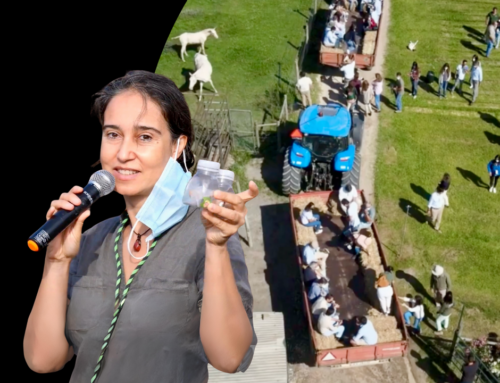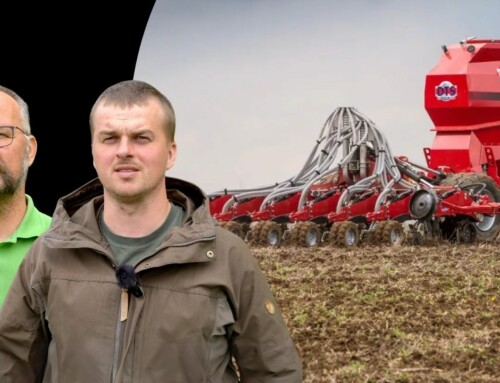Interactive innovation is a great concept, but it needs to be adapted to the context of each country. This is because each country has a different AKIS, institutions, extension services and culture.
In this video, Nevena Alexandrova Stepanova from FAO shares her experience in a project to strengthen agricultural extension services in Azerbaijan. Interactive innovation groups were set up in pilot regions to improve access to services and enable rapid implementation. But this was a challenge because farmers did not want to cooperate with each other. Secondly, trained facilitators were not available. Previously, extension services offered typical linear extension.
The FAO team decided to start with a simple approach called commodity-based extension platforms. These platforms were based, for example, on tomatoes, sunflowers or various fruits. Then they asked farmers about their problems. They focused on a specific problem that the group had to solve together with a facilitator. The facilitator was not an official advisor, but an experienced farmer who had sufficient knowledge, was well connected and was accepted by the group. As part of the project, the farmers received training as facilitators. After solving one problem, the groups turned to a new problem to solve.
The lessons from the interactive innovation cases in Azerbaijan were: the need to consider the context, to start small and simple, to cultivate the spirit of collaboration, to slowly increase the capacity of farmers and extension workers, and to focus especially on training facilitators. It was also important to act at the policy level to institutionalise the interactive innovation methods used.
The participating farmers were able to significantly increase their income and enjoyed participating in the platforms and creating something together.
The project was implemented by FAO and funded by the European Union.

